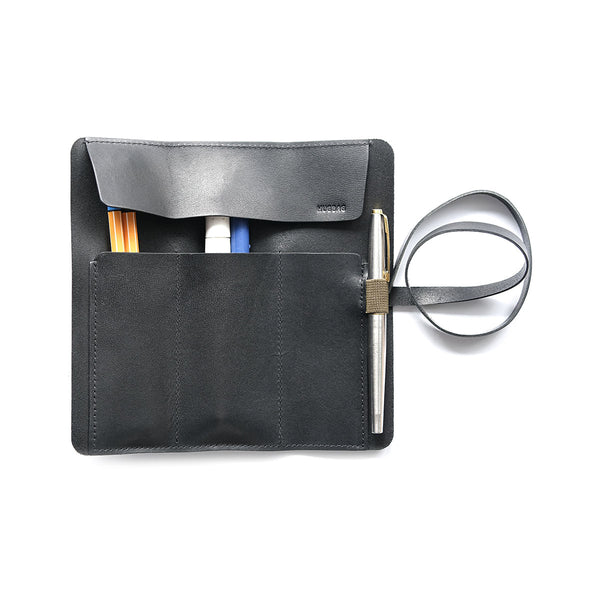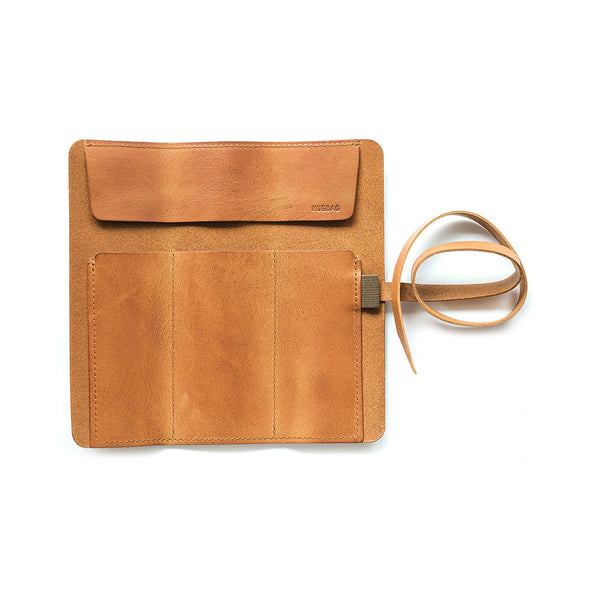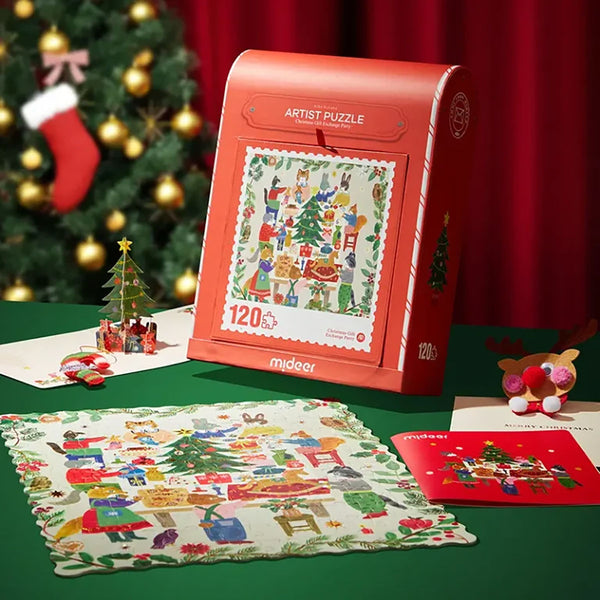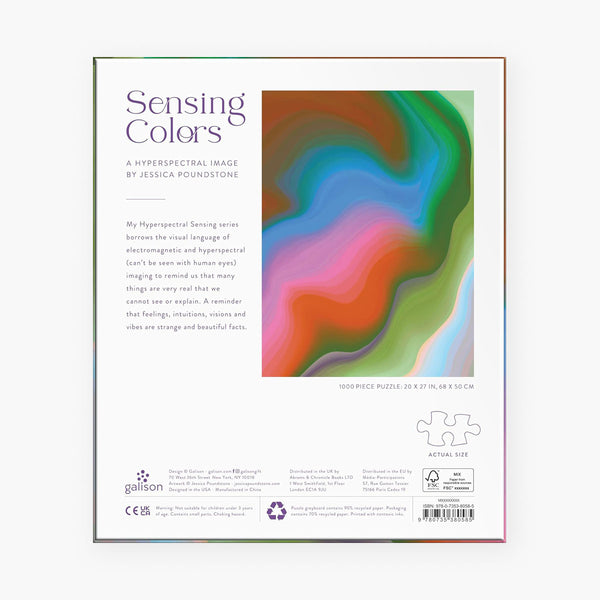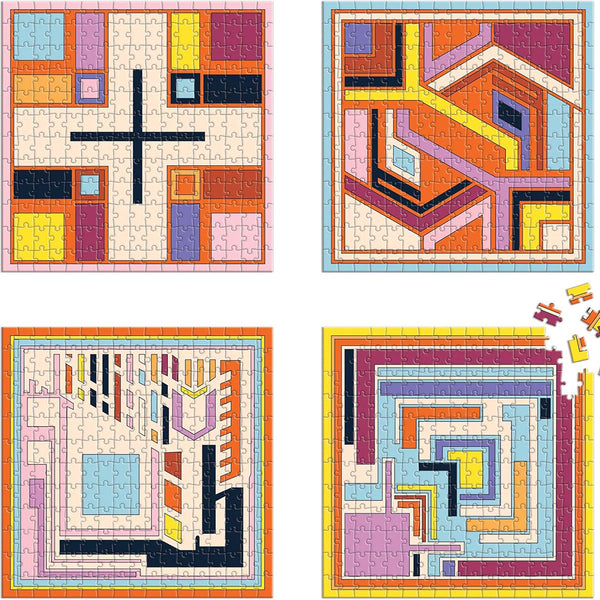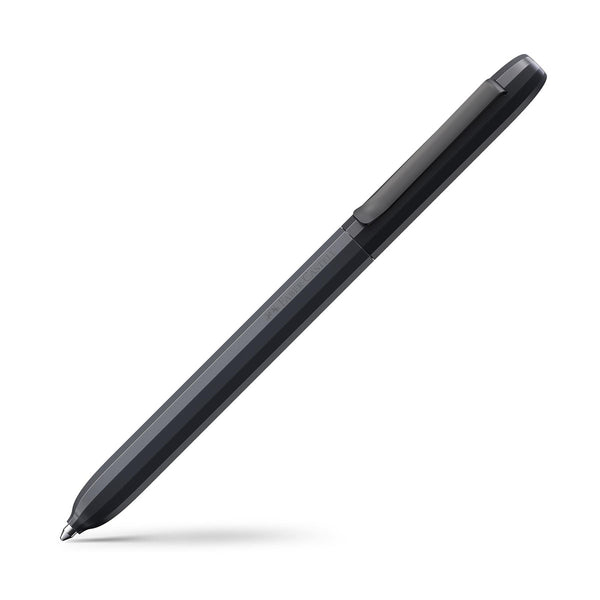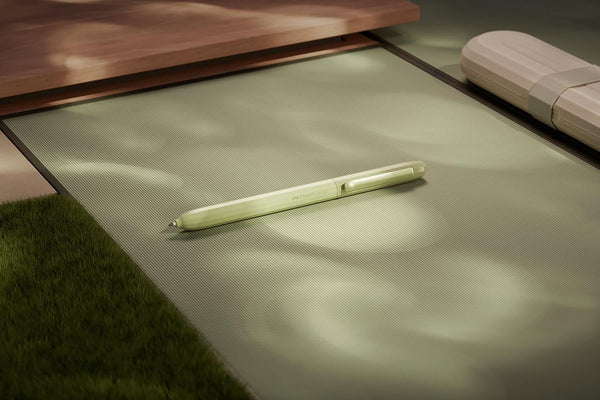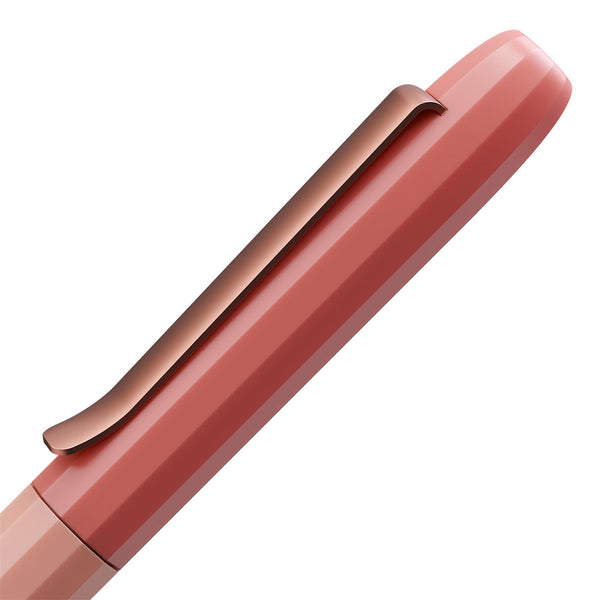How Does the Everyday Calendar Help Me Learn to Play the Piano?
Some people use planners as essential tools to organize their day-to-day activities, while others get bored after a few weeks of planning and put them away. I tried something different. I used the Everyday pocket calendar to create a tracker for a complex skill – playing the piano. Today, I'll tell you how it went.

Everyday Daily Calendar – view collection
How I Arranged my Everyday Calendar
Monthly Layout
I used monthly layouts at the very beginning of the planner to note the amount of time I exercised each day. Two page markers did their job - I easily moved between the monthly layouts (hour tracker) and specific days with a detailed exercise schedule.
Daily Layout
The feature of the Everyday Calendar that particularly caught my eye when choosing a skill tracker was the daily layout split into two sections. At first, I wanted to jot down a daily exercise schedule at the top, and things I needed to practice next time at the bottom. Later, this plan changed a bit, so read on.

Pocket Size
Thanks to its handy size I could carry the Everyday Calendar with me almost everywhere. It used to be my companion when I was going to play the concert piano, and jotted down impressions of those visits on the run. Some were inspiring, some were frustrating – over time it became not only a skill tracker but a journal of one of the most important adventures in my life.
Space for Notes
The back of the Planner features space for notes, which I used to list songs I was working on, or to write down ideas for free exercises, in case one day I didn't feel like sticking to the exercise plan. The limited space made me more specific about what to write down and what information I would need in the future. Without this, my abstract notes would probably drag on endlessly and blur the hero message.
Skill Tracking in Practice
Monthly Hour Tracker
As I've already mentioned, I used the monthly layouts printed at the beginning of the planner to track the hours spent on my exercises. Quick glance over the monthly layout gave me motivation to keep the momentum going and play the piano at least for a few minutes every day. And these often extended to a full-length exercise session. What is important, I deserved the same pat on the back for a five-minute session as for a three-hour one. As you know, the hardest part is to get started but then you are over the hump.

Day-To-Day Practice
At first, I used lined space to write down my daily schedule. Blank pages were great for highlighting things I need to work on next time. I also used these pages to note my moments of insight or sudden brilliance during my exercising. A slight change in my fingering could sometimes dramatically affect the resulting sound making me feel excited for hours so I had to write down that from now on this passage had to be played with this particular change. The blank space was also ideal for jotting down interesting facts that I learnt from music theory books.
On days when I had nothing to write down, because, for example, I decided not to speak to Chopin anymore, I used to put my feelings out on paper and ask myself some questions. They were to help me bring back the positive emotions I had on the day I finally started fulfilling my big dream. Why are you doing this? Is Chopin to be blamed for anything? Maybe you just need to relax a bit? What if you split this difficult passage into much smaller sections? And so on.

First Setback
In April, I gave up scheduling my piano exercises in such detail and started using the Everyday like a traditional planner. As a result, along poetic paeans to Chopin's nocturnes, I can also find the important information that I need to buy a new litter for my cat. Show me someone who would not smile when reading such a note :) I also tried digital solutions for a month, but none was as pleasant and satisfying as touching the paper, so in May I returned to day-to-day note taking. The undoubted advantage of a daily planner is that you can come back to it anytime during the year!
Good Old Pencil to the Rescue
At the beginning, I used a ballpoint pen to schedule my daily tasks but after the first few work blocks, I found out that in music, as in life, it is impossible to plan everything in 100%, and learning a new skill is never a linear process – it is affected by a myriad of factors. There were times when some of the work I had laid out for a week was done in two days, and vice versa. My method needed minor modifications, and here the good old pencil came to the rescue. From now on, I used it to fill the bottom space with a list of tasks I would like to work through on a given day, and then, at the top of pages, I used a pen to write down things I managed to complete.
Will I use the Everyday Planner again the next year?
Yes! Something that was supposed to be an experiment has turned into a part of the routine. I can't imagine that I would stop. What’s interesting, the calendar hasn't been damaged or stained at all. I’m even a little bit upset about it because it looks as if I didn't use it, although all pages are filled with my notes.
What pleases me most is that I've made it a habit. Now I don't have to worry about how to arrange my day to fit at least an hour at the piano, but rather which task to cross off the lists to have more time to exercise and stick to the learning schedule I managed to work out over the past months.
Everyday Daily Calendar – view collection

Author: Lena Pilarczyk
Images: Magdalena Konik-Machulska
Translation: Rafał Stachura
